EXERCISE VS. SPORT: What is the difference and why does it matter?
|
Exercise and sport are not the same thing.
Exercise is designed to improve our physiology (not to degrade it). Exercise is a means to an end.
Sport, on the other hand is not designed to improve our physiology. Sport is an end in itself.
Clearly, many sports may positively impact our physiology; for example, playing basketball can stimulate improvements to our cardiorespiratory fitness. However, this is not the intent of basketball, it is merely a byproduct (and not always the byproduct). The intensity, duration, rest periods, and frequency of the game play would have to be carefully modulated in order to truly define basketball as exercise. Moreover, the risk of injury in basketball is far too high to qualify as exercise. If you get injured while doing an activity, that activity is not exercise. Again, exercise doesn’t degrade, it improves our physiology and physical function. Tom Purvis brilliantly captures this message stating, “If exercise is supposed to be good for you,
then sports are not exercise.
Sports are the reason we have sports medicine.
Exercise is supposed to be the medicine!”
Over the last 20 years, more and more people are engaged in sports in the name of exercise; a short list of these
sports
includes marathon running, triathlons, basketball, Crossfit, dancing, and gymnastics. By all means, engage in sports because you enjoy them as recreation, but don’t do them as a substitute for exercise. In fact, continuing to perform safe, productive, resistance exercise is a great way to protect against the risk of injury inherent in so many sports.
|
|
|
|
The Most Important Question in Exercise
I will argue that most exercisers, even the most dedicated and hardworking fitness enthusiasts fail to ask a simple question before they commence an exercise program, an individual exercise, or a general mode of exercise.
Cardio doesn't do what we think (or hope) it does
Similarities Between Customer Experience and Exercise
I'm about half way into the textbook "The Customer Experience Edge" by Reza Soudagar, Vinay Iyer, and Dr. Volker Hildebrand. The thesis of the book is: The customer, and NOT the product or service, needs to be at the center of the entire enterprise. In my opinion, the authors are spot on and the book is a tremendous read. The book has me reflecting on one of my long held assertions around exercise; an assertion I adopted over 10 years ago. My assertion about exercise is analogous to the thesis of the book.
The Best Workouts I’ve Ever Had Shared these Common Factors
With our “Train Like Your Trainer” program starting next week, I’ve been reflecting on my personal workouts over the last 16 years and I’ve started to think about the common factors among the best workouts I’ve ever been through. By “best” I mean those workouts that stand apart from the rest in terms of intensity, challenge, focus, and fatigue. The list below sheds light on the commonalities in most of the best workouts I have ever experienced. Collectively, they serve as a guideline for productive training not only for me, but also for almost anyone interested in engaging in intense, evidence-based resistance exercise. Of course, this is not an all-encompassing list of evidence-based exercise tenets, but guidelines to maximize one’s individual workouts.
Classic Movie Scene and How Learning to Surf is Like Strength Training
In one of my all time favorite scenes from one of the modern classic rom-coms, “Forgetting Sarah Marshall,” Paul Rudd’s character attempts to teach the heartbroken Peter (played by Jason Segal) how to surf. You can watch this 1:30 scene here:
Improving Balance
Falls and their consequences are a paramount health concern in older populations. Poor balance has pervasive effects on daily life and therefore maintaining balance represents an important pillar for the quality of life as we age. A study published in the European Journal of Translational Myology brings clarity to how exactly we should go about improving our balance.
Functional Training for Runners, Athletes, and You
I recently had a client tell me that her physical therapist told her that she should probably avoid leg extension and leg curl as these exercises trained “muscles” but that they were not “functional.” This client is very well informed, so she knew exactly how off-base this advice was. The logical response to this physical therapist (and to all of those who espouse so-called “functional training”) is this: What causes function? The answer of course is MUSCLE and MUSCLE CONTRACTION. Here is the bottom line. The goal of strength training should be to improve the ability of a muscle to contact and produce force. Then and only then can functional ability (our ability to bend, run, swing, ski, jump, climb, live) actually improve.
Side note: To be precise, we can see improvements in performance by practicing a specific “closed-skill.” This simply means that if we practice a specific task or skill, we will get better at it. The limitation to this is that this improved performance does NOT transfer to other tasks or skills. This is a basic and long held tenet in the field of motor learning and control. Exercise should be all about changing our physiology, NOT about improving our skills.
First, Do No Harm
The Hippocratic Oath is credited to the ancient Greek physician and philosopher, Hippocrates. Taken by physicians and healthcare professionals, the most well known tenet is translated as “First, do no harm.” This is a fantastic starting point when considering an exercise program. I had the fortune of being taught this lesson by a mentor and leader in the field of exercise science and strength and conditioning, Mark Asanovich. Mark was the long time strength and conditioning coach for the Tampa Bay Buccaneers under head coach Tony Dungy and went on to spend a number of seasons as the strength and conditioning coach for the Jacksonville Jaguars (Mark had coaching stints with the Vikings, Bucs, Ravens, and Jaguars). Mark was presenting at a strength and conditioning conference in Ohio in 2002. His presentation was confrontational and not well received by the audience (if I recall, one attendee wanted to fist-fight with him following the presentation). Why? Because Mark questioned the popular practices and trends (Olympic weightlifting, fast speeds of movement, plyometric training) in strength training and called them out as… “Dangerous.” His message was simple. Our (the strength and fitness professional) role as an allied health professional is to “first, do no harm.” Our first priority in an exercise program should be safety. This really shouldn’t be a controversial topic. After all, by definition, exercise should improve physical function (not decrease it). Arthur Jones put it succinctly: “Exercise should help to avoid injury...not cause injury.” If it doesn’t improve our function and in fact has a negative impact on our health or function, it really isn’t exercise (it is probably better classified as sport or physical activity… very different than exercise). Mark was very clear, if an exercise carries with it a potential for acute or chronic injury, it shouldn’t be performed. This message resonated with me in 2002. Today, Mark’s message is more important (and less accepted) than ever. A review of current exercise practices, trends, classes, and methodologies reveals that the vast majority of what passes as exercise (particular resistance exercise) is in fact, about as dangerous as it gets.
Ask Yourself This Question: What is My Objective?
I will argue that most exercisers, even the most dedicated and hardworking fitness enthusiasts fail to ask a simple question before they commence an exercise program, an individual exercise, or a general mode of exercise. That question is this: What is my objective? The answer to this question delineates what type of exercise to perform and HOW to perform it. Everything starts with this question. The reality is most people exercise because they simply understand that exercise is good for them… but they fail to dig a little bit deeper. Answers to “What is my objective?” might include: prevent injury; increase lean muscle tissue; increase bone mineral density; reduce body fat; improve running speed; etc. Whatever the answer, exercise should be performed in accordance with that stated objective. And here is the key: Your objective shouldn’t be to get better at exercise. Stated otherwise, your objective shouldn’t be to raise a weight from point A to point B. We don’t receive credit for how much weight we lift, how many times we lift it, or how many times our chin elevates above the pull-up bar. Exercise is a means to an end, not an end in itself. Some critical examination and contemplation of this question will change the way you exercise forever (and dramatically improve your results).


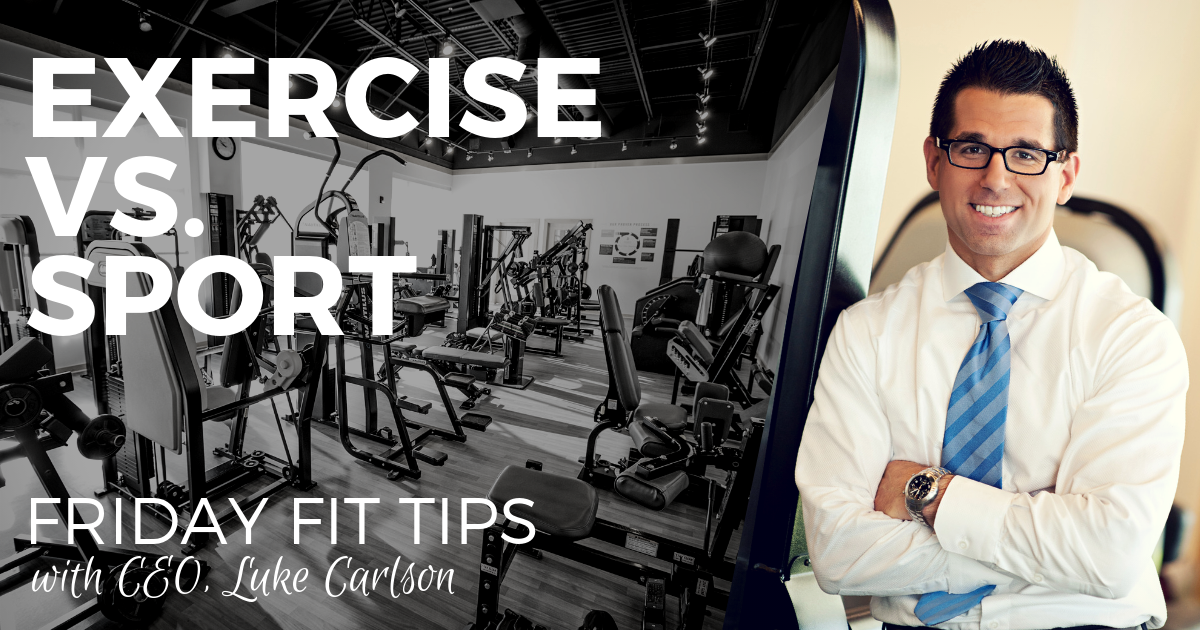
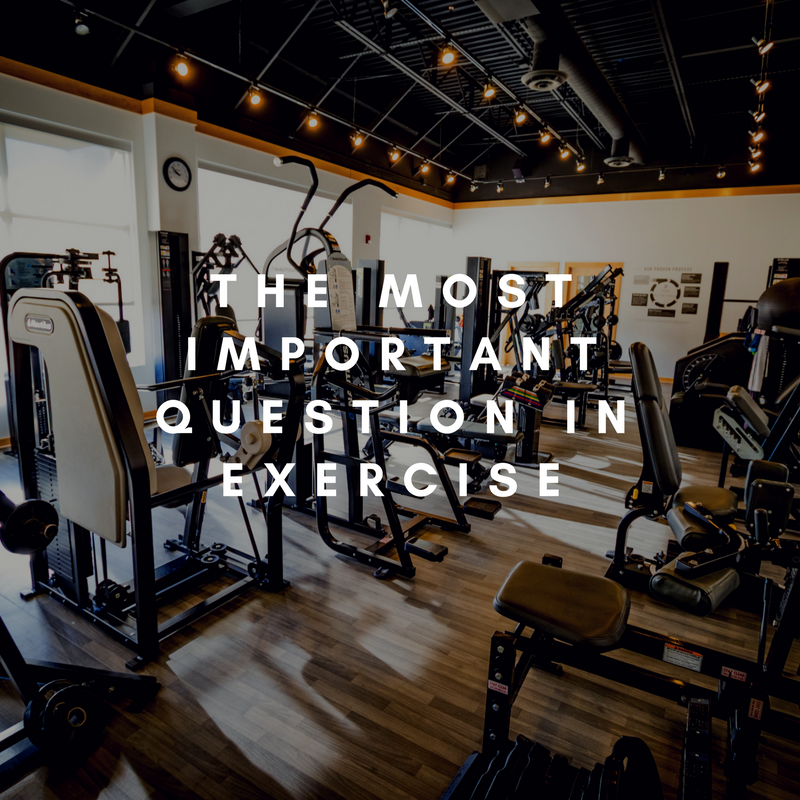
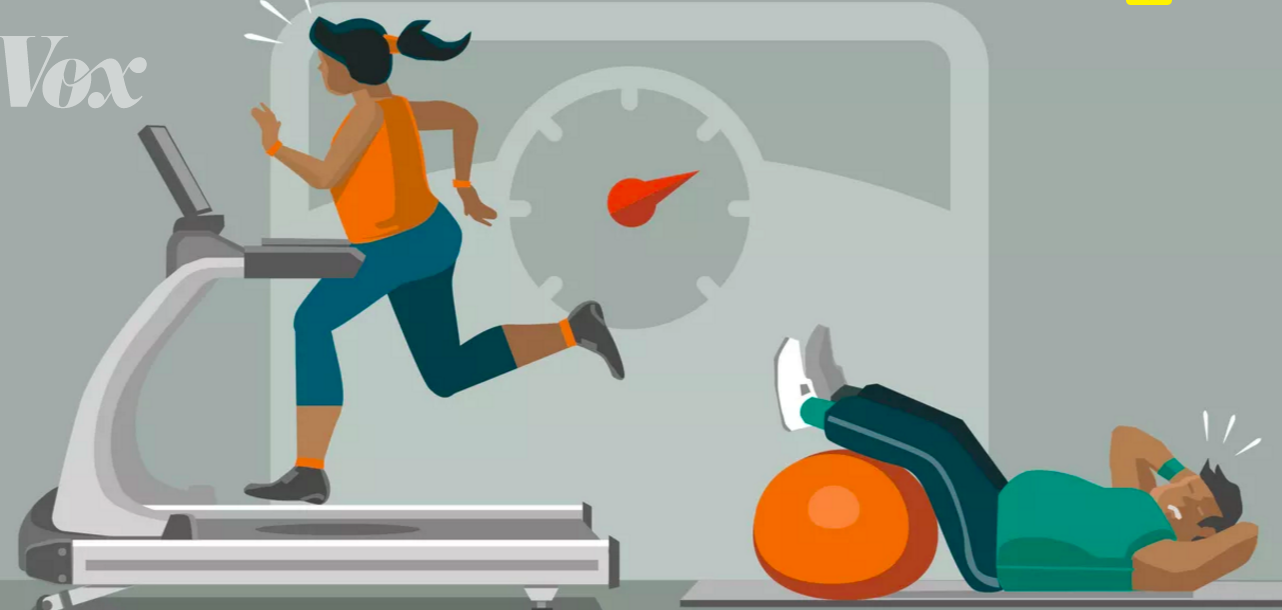
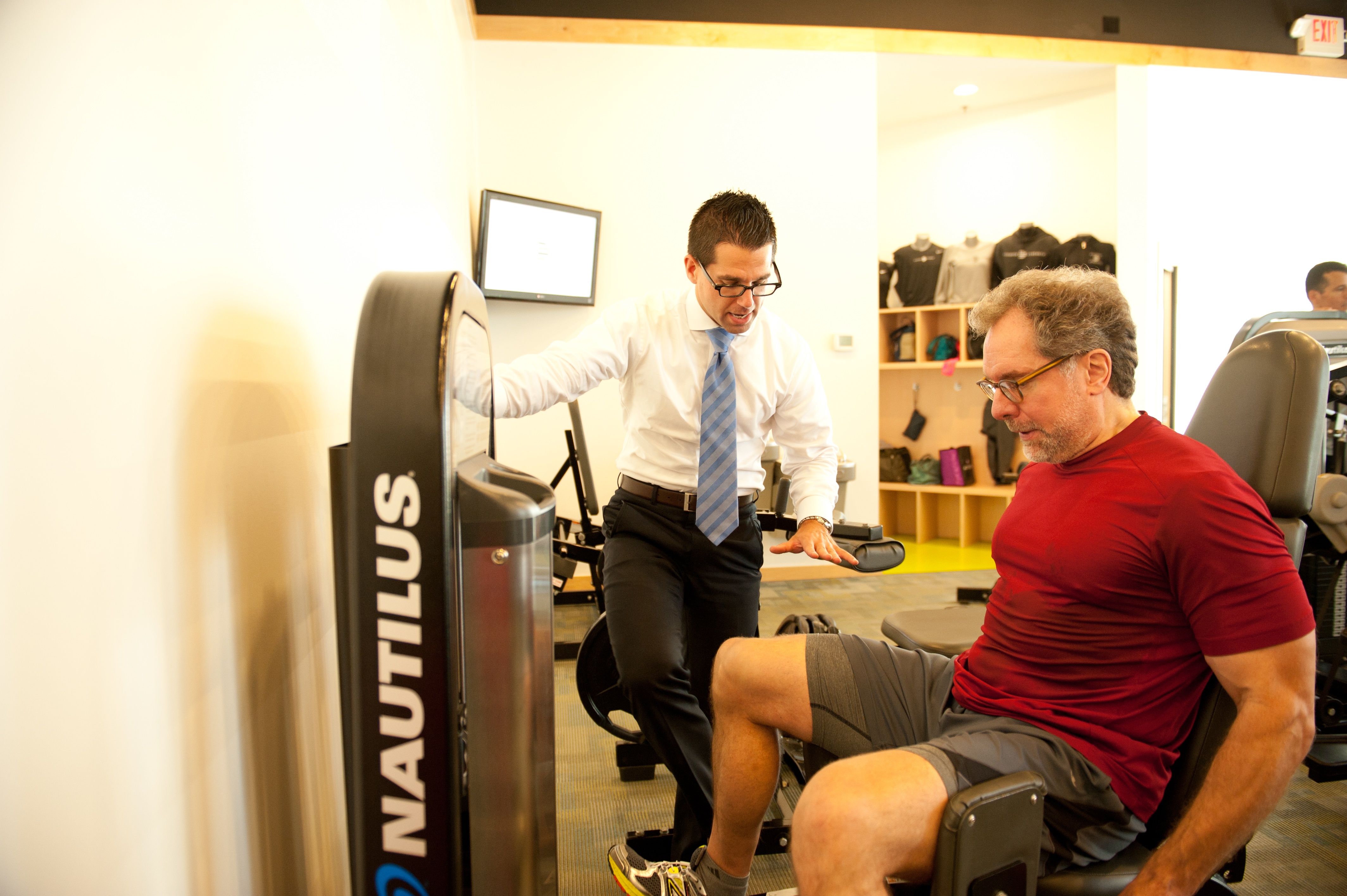
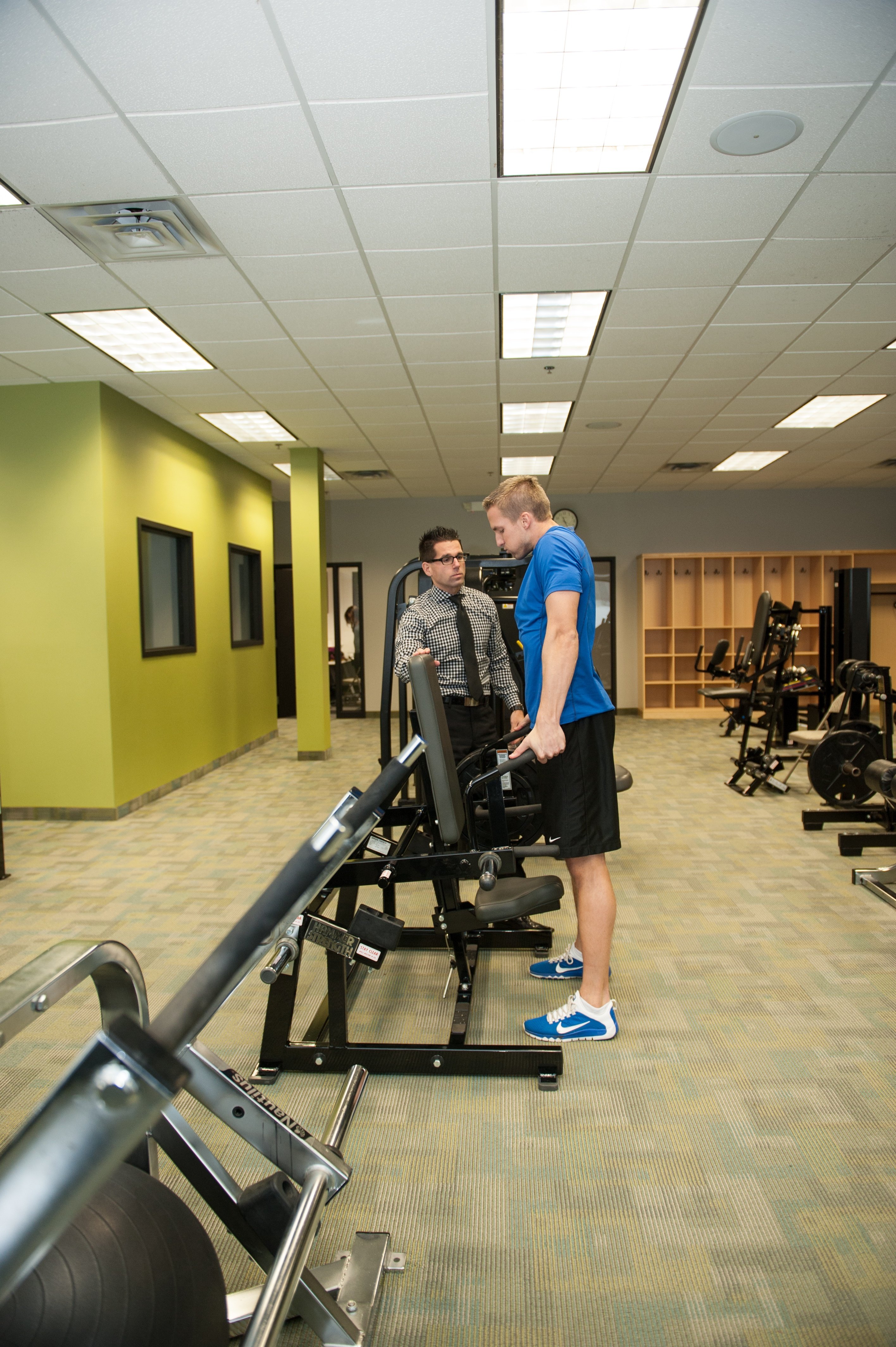
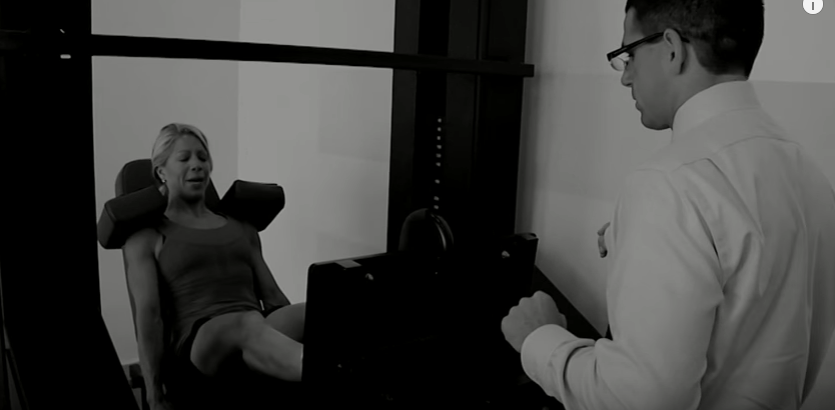

Leave a Reply
Your email address will not be published.